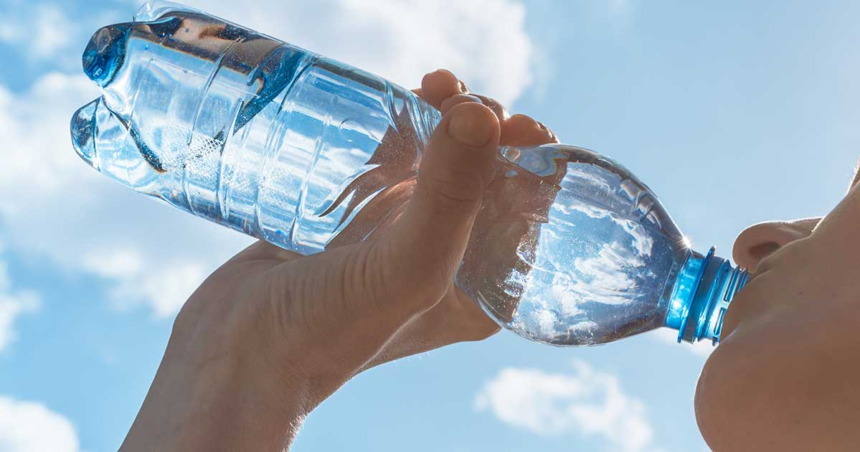According to a recent study, a typical one-liter bottle of water contains approximately 240,000 plastic fragments. Nanoplastics are a greater threat to human health than microplastics because they can penetrate human cells, enter the bloodstream, and affect organs.
Hidden dangers in a bottle of water : Introduction
In a groundbreaking study published in the Proceedings of the National Academy of Sciences, researchers have exposed a startling reality – a typical one-liter bottle of water, a seemingly innocuous beverage, harbors a staggering 240,000 plastic fragments on average. However, the true revelation lies in the presence of “nano plastics,” particles smaller than 1 micrometer, which pose a greater threat to human health than their larger counterparts.
ALSO READ : Eurasian Magpie : Unveiling The Avian Genius

The nanoplastic menace
Nano plastics, being microscopic, are capable of penetrating human cells, entering the bloodstream, and impacting vital organs. Unlike larger microplastics, which were the focus of earlier studies, nanoplastics present a new dimension to the plastic pollution crisis. The study indicates that bottled water could contain up to 100 times more plastic particles than previously estimated, leading to concerns that the health risks associated with plastic pollution might be vastly underestimated.
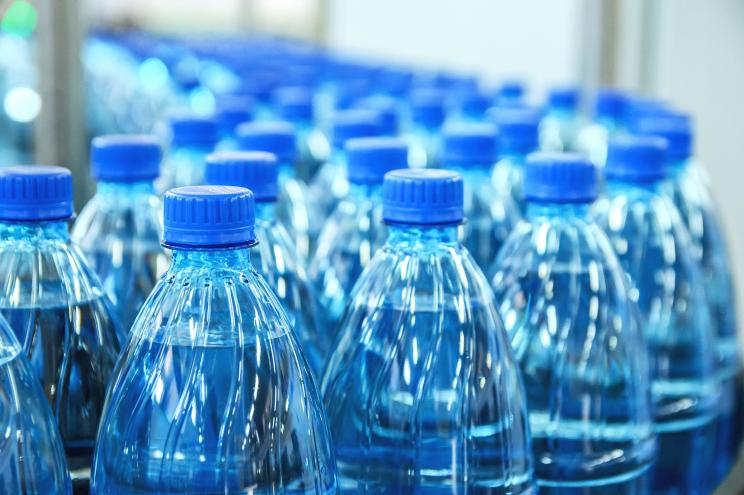
Technology unveils the invisible
To overcome the challenge of identifying nanoplastics, the study’s co-authors devised a novel microscopy technique, programmed a data-driven algorithm, and applied both to analyze water from 25 one-liter bottles purchased from popular US brands. The results were alarming, with each liter containing between 110,000 and 370,000 tiny plastic particles, 90% of which were nanoplastics. This study not only raises awareness about the extent of nanoplastic contamination but also provides a crucial tool to bridge the knowledge gap in understanding plastic pollution at the nano level.
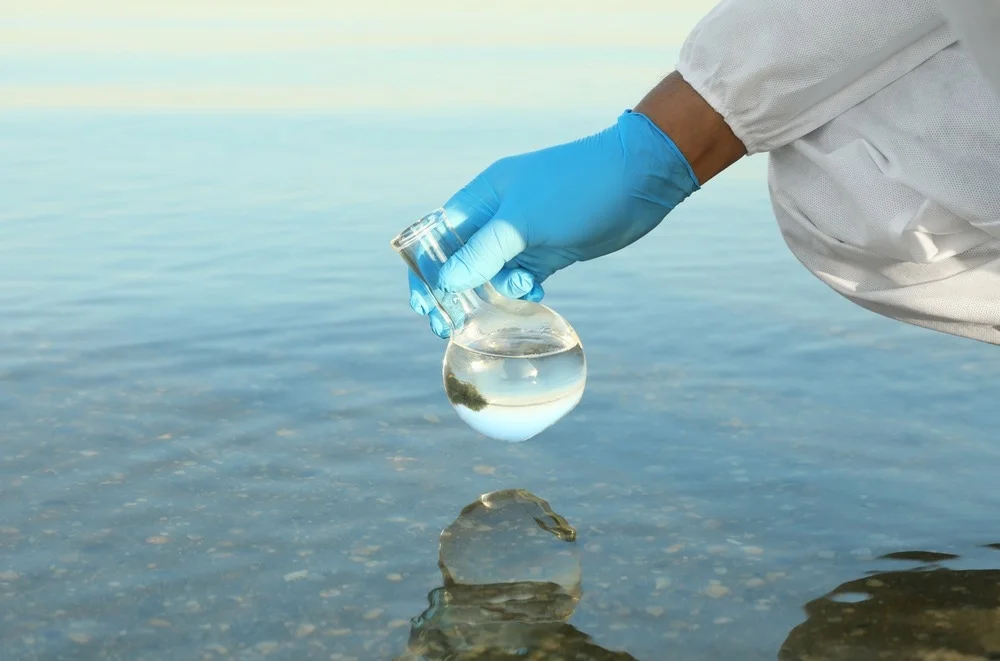
The perilous journey of nanoplastics
Nanoplastics are not only a threat to human health but also have the potential to affect unborn babies. The particles can pass through the placenta, raising concerns about prenatal exposure. While scientists long suspected the presence of nanoplastics in bottled water, this study offers concrete evidence of their prevalence.

Beyond bottled water
The researchers, led by Naixin Qian, a graduate student at Columbia University in chemistry, are not limiting their investigation to bottled water. The study’s co-authors plan to extend their research to tap water and snow samples collected from western Antarctica, recognizing the vast realm of nanoplastics that demands exploration.
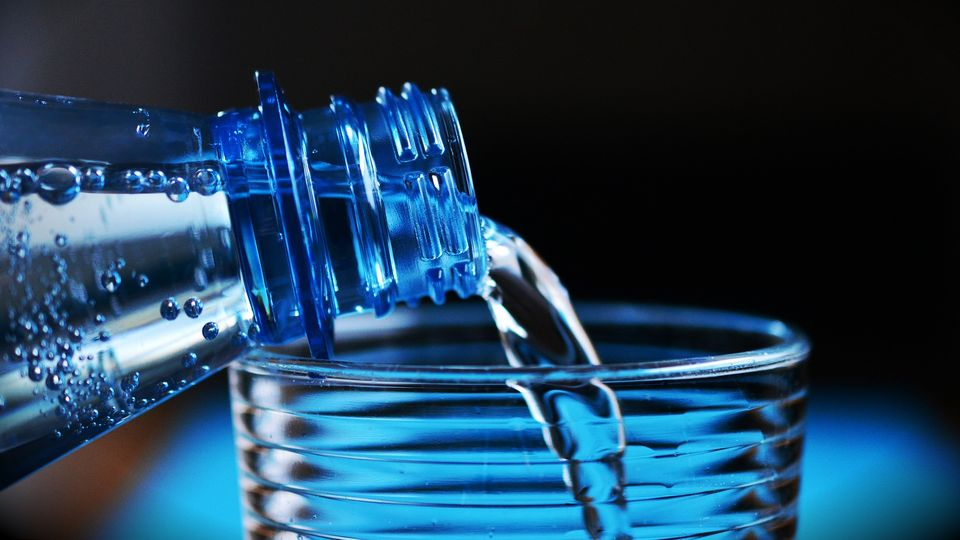
The plastic predicament
Plastic pollution has become an inescapable global challenge, with more than 450 million tons of plastics being produced annually. Despite increased awareness and efforts to address this crisis, a substantial portion of these plastics inevitably ends up in landfills, contributing to the degradation of ecosystems. The insidious nature of plastic lies in its persistent breakdown into smaller particles over time, creating a web of environmental contamination. These minute plastic fragments infiltrate diverse ecosystems, including rivers, oceans, and soil, posing threats to aquatic life and terrestrial organisms alike. Moreover, the pervasiveness of plastic pollution extends to water sources, where the smallest particles become part of the water cycle.
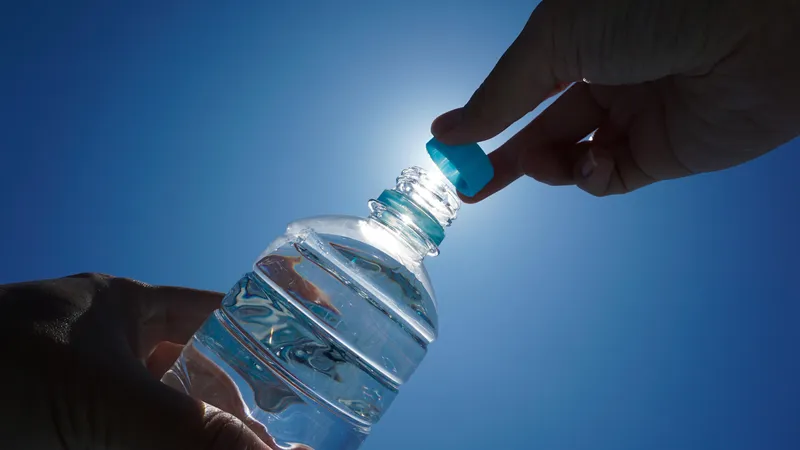
This ubiquitous problem has drawn attention to bottled water, a seemingly innocuous product that has now emerged as a significant contributor to plastic pollution. The convenience of bottled water has led to its widespread use, yet the very container designed to provide hydration inadvertently introduces plastic particles into the human body. Studies have consistently highlighted the presence of microplastics in bottled water, with the latest research exposing the even more concerning prevalence of nanoplastics.
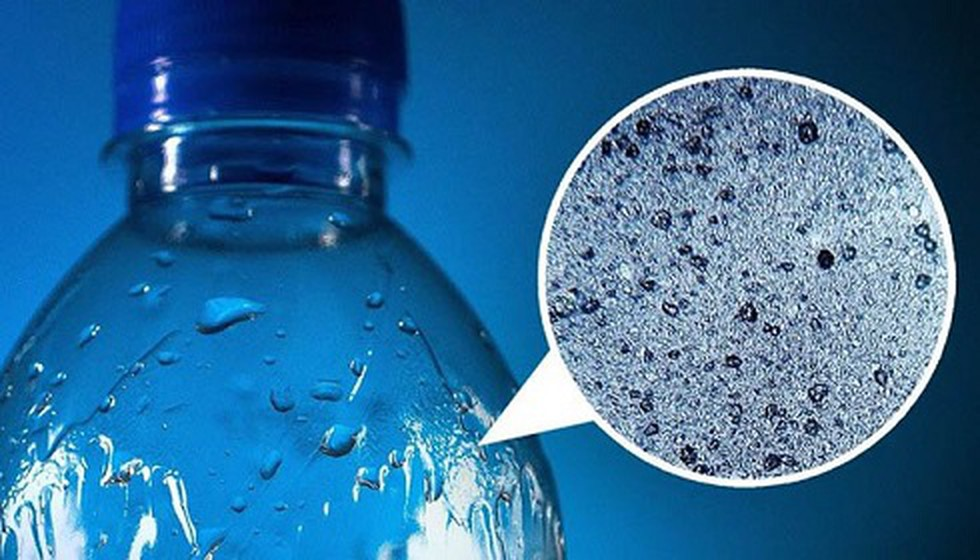
Conclusion
The revelation of nanoplastics in bottled water sheds light on a previously uncharted territory in the plastic pollution landscape. As the researchers continue their exploration into tap water and snow samples, the study underscores the urgency of addressing plastic pollution at the nano level. It is a wake-up call for the scientific community, policymakers, and the public to recognize the invisible threat lurking in what has been perceived as a refreshing and pure source of hydration. The smaller things are, indeed, the more easily they can get inside us, emphasizing the need for comprehensive strategies to mitigate the pervasive impact of nanoplastics on human health and the environment.
To explore more news : Click Here
ALSO READ : The Clever And Playful World Of Cockatoos : Masters Of Fun And Mischief







